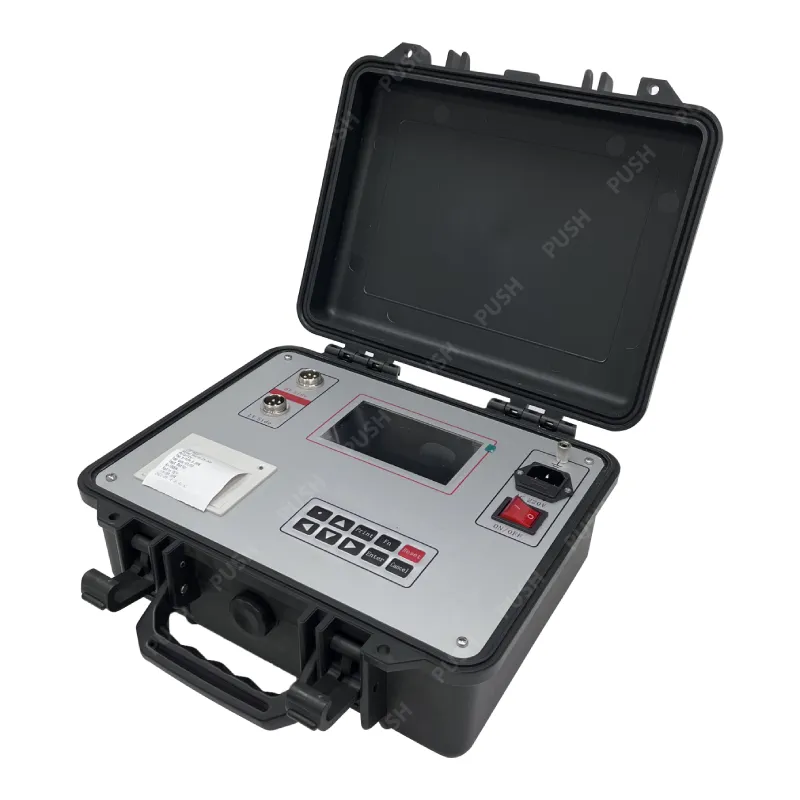 English
English



-
 Afrikaans
Afrikaans -
 Albanian
Albanian -
 Amharic
Amharic -
 Arabic
Arabic -
 Armenian
Armenian -
 Azerbaijani
Azerbaijani -
 Basque
Basque -
 Belarusian
Belarusian -
 Bengali
Bengali -
 Bosnian
Bosnian -
 Bulgarian
Bulgarian -
 Catalan
Catalan -
 Cebuano
Cebuano -
 China
China -
 China (Taiwan)
China (Taiwan) -
 Corsican
Corsican -
 Croatian
Croatian -
 Czech
Czech -
 Danish
Danish -
 Dutch
Dutch -
 English
English -
 Esperanto
Esperanto -
 Estonian
Estonian -
 Finnish
Finnish -
 French
French -
 Frisian
Frisian -
 Galician
Galician -
 Georgian
Georgian -
 German
German -
 Greek
Greek -
 Gujarati
Gujarati -
 Haitian Creole
Haitian Creole -
 hausa
hausa -
 hawaiian
hawaiian -
 Hebrew
Hebrew -
 Hindi
Hindi -
 Miao
Miao -
 Hungarian
Hungarian -
 Icelandic
Icelandic -
 igbo
igbo -
 Indonesian
Indonesian -
 irish
irish -
 Italian
Italian -
 Japanese
Japanese -
 Javanese
Javanese -
 Kannada
Kannada -
 kazakh
kazakh -
 Khmer
Khmer -
 Rwandese
Rwandese -
 Korean
Korean -
 Kurdish
Kurdish -
 Kyrgyz
Kyrgyz -
 Lao
Lao -
 Latin
Latin -
 Latvian
Latvian -
 Lithuanian
Lithuanian -
 Luxembourgish
Luxembourgish -
 Macedonian
Macedonian -
 Malgashi
Malgashi -
 Malay
Malay -
 Malayalam
Malayalam -
 Maltese
Maltese -
 Maori
Maori -
 Marathi
Marathi -
 Mongolian
Mongolian -
 Myanmar
Myanmar -
 Nepali
Nepali -
 Norwegian
Norwegian -
 Norwegian
Norwegian -
 Occitan
Occitan -
 Pashto
Pashto -
 Persian
Persian -
 Polish
Polish -
 Portuguese
Portuguese -
 Punjabi
Punjabi -
 Romanian
Romanian -
 Russian
Russian -
 Samoan
Samoan -
 Scottish Gaelic
Scottish Gaelic -
 Serbian
Serbian -
 Sesotho
Sesotho -
 Shona
Shona -
 Sindhi
Sindhi -
 Sinhala
Sinhala -
 Slovak
Slovak -
 Slovenian
Slovenian -
 Somali
Somali -
 Spanish
Spanish -
 Sundanese
Sundanese -
 Swahili
Swahili -
 Swedish
Swedish -
 Tagalog
Tagalog -
 Tajik
Tajik -
 Tamil
Tamil -
 Tatar
Tatar -
 Telugu
Telugu -
 Thai
Thai -
 Turkish
Turkish -
 Turkmen
Turkmen -
 Ukrainian
Ukrainian -
 Urdu
Urdu -
 Uighur
Uighur -
 Uzbek
Uzbek -
 Vietnamese
Vietnamese -
 Welsh
Welsh -
 Bantu
Bantu -
 Yiddish
Yiddish -
 Yoruba
Yoruba -
 Zulu
Zulu
tangent delta test transformer
The Tangent Delta Test in Transformers An In-Depth Analysis
Transformers are crucial components in electrical power systems, responsible for transferring electrical energy between two or more circuits through electromagnetic induction. Ensuring their reliability and efficiency is paramount, especially in high-voltage applications. One effective method for evaluating the insulation quality of transformer windings is the Tangent Delta Test, often referred to as the tan δ test. This article explores the significance, methodology, and implications of the tangent delta test in transformer maintenance and diagnostics.
Understanding the Tangent Delta Test
The tangent delta test measures the dielectric loss of insulation materials, providing insight into their health and performance. Insulating systems, such as those found in transformers, are expected to exhibit minimal losses during operation. The tangent delta, defined as the ratio of the resistive current to the capacitive current in the insulation, serves as an indicator of insulation quality. A lower tan δ value suggests better insulation properties, while higher values indicate increased losses and potential insulation breakdown.
Methodology of the Test
To conduct a tangent delta test, transformers are typically subjected to a controlled voltage, often at a specific frequency, while monitoring the phase angle between the voltage and current. The setup includes test equipment capable of applying high voltages and measuring the resultant currents accurately. The core focus is on the capacitive and resistive parts of the insulation system, where the ratio of these components provides the tan δ value.
tangent delta test transformer

The test can be performed under various conditions, including at different temperatures and moisture levels, as these factors significantly influence the dielectric properties. By analyzing the tan δ values over time, maintenance teams can establish trends, identifying signs of degradation before catastrophic failures occur.
Importance of the Test
The tangent delta test is invaluable for several reasons. Firstly, it serves as a predictive maintenance tool. By regularly monitoring tan δ values, utility companies can schedule maintenance activities proactively, reducing unexpected outages and extending the life of the transformer. Secondly, it aids in the assessment of insulation condition during commissioning and after significant events, such as a fault or lightning strike.
In addition, tan δ measurements facilitate comparisons among transformers of similar age and service history. This benchmarking approach helps in understanding design weaknesses and improves future transformer designs. Ultimately, a comprehensive assessment via the tangent delta test can save costs associated with unscheduled repairs and enhance operational safety.
Conclusion
The tangent delta test is a critical diagnostic tool in the transformer maintenance landscape. By effectively measuring the dielectric losses in insulation, it provides essential insights into the health and reliability of transformers. As electrical grids continue to evolve, the importance of such diagnostic techniques will only grow, ensuring that transformers can operate efficiently and safely within the infrastructure. As utility companies and engineers strive for enhanced reliability and performance, the tangent delta test stands out as a pillar of effective transformer management.
-
Ensuring SF₆ Gas Safety: Introducing PUSH’s Integrated SF₆ Analyzer for Dew Point, Purity, and Decomposition MonitoringNewsJul.10,2025
-
Exploring the Main Types of Industrial Endoscopes and Their Applications Across IndustriesNewsJul.04,2025
-
Testing Equipment Industry Sees Major Advancements in 2025: Smart & Precision Technologies Lead the WayNewsJun.06,2025
-
Applications of Direct Current Generators in Renewable Energy SystemsNewsJun.05,2025
-
Hipot Tester Calibration and Accuracy GuidelinesNewsJun.05,2025
-
Digital Circuit Breaker Analyzer Features and BenefitsNewsJun.05,2025



